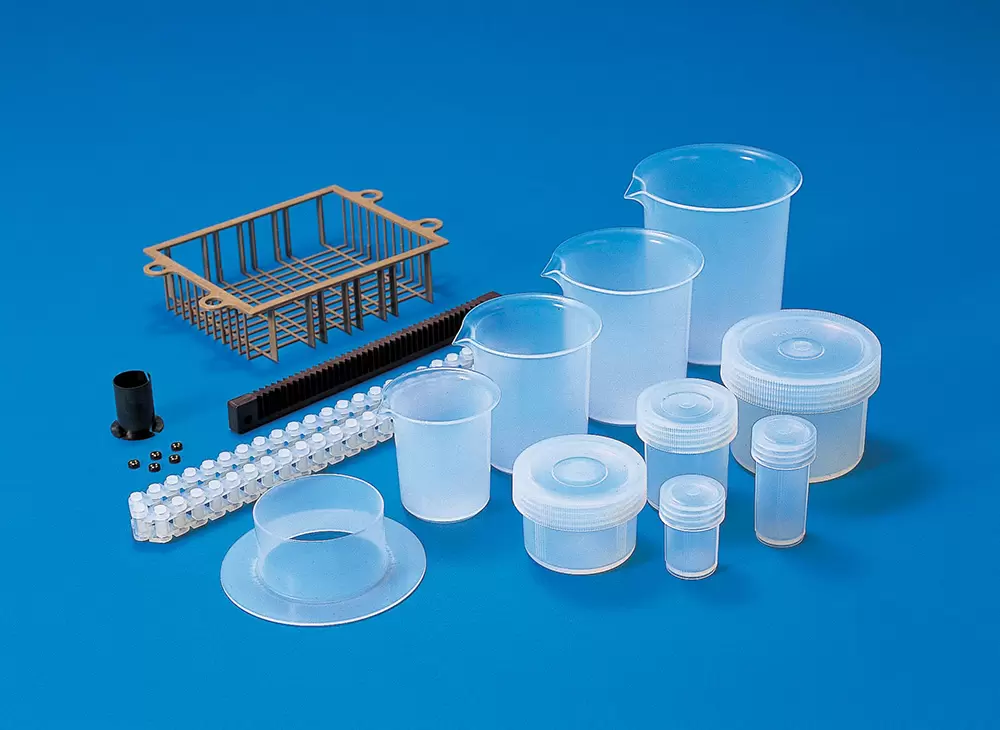Table of Contents:
- Introduction
- Injection Molding Process
- Injection Molding Products
- Design Considerations For Injection Molding Products
- Quality Control For Injection Molding Products
- Advantages and Disadvantages of Injection Molding Products
- Conclusion
1. Introduction
Injection molding products have revolutionized the manufacturing industry, allowing for the mass production of high-quality, consistent products. Injection molding is a highly efficient process that has become an integral part of many industries, from automotive to medical to consumer goods. This guide aims to provide a comprehensive overview of injection molding products, including the process, types of products, design considerations, quality control, and advantages and disadvantages.
-
2. Injection Molding Process
The injection molding process is a complex manufacturing process that involves the use of an injection molding machine, resin, and a mold. The process begins with the melting of the resin, which is then injected into the mold under high pressure. The mold is cooled to solidify the resin, and the part is ejected from the mold. There are several types of injection molding machines, including hydraulic, electric, and hybrid, each with its own advantages and disadvantages. The type of resin used in the injection molding process depends on the desired properties of the final product, such as strength, flexibility, and heat resistance. The mold design and manufacturing process is critical to the success of the injection molding process, and must take into account factors such as part design, gate location, and cooling system design.
-
3. Injection Molding Products
Injection molding products are used in a variety of industries, including automotive, packaging, consumer goods, medical, and aerospace. Automotive industry products include everything from interior components to exterior body parts. Packaging industry products include items such as caps, closures, and containers. Consumer goods industry products include everything from toys to electronics to housewares. Medical industry products include medical devices and equipment, as well as packaging for medical supplies. Aerospace industry products include components for aircraft and spacecraft.
If you need more about Injection Molding information ,You can click on the V1 Prototype website to find it.
-
4. Design Considerations for Injection Molding Products
The design of injection molding products is critical to the success of the manufacturing process. Material selection is an important consideration, as the properties of the resin will affect the final product’s strength, flexibility, and heat resistance. Part design must take into account factors such as draft angles, wall thickness, and gate location. Tooling design is also critical, and must be optimized for the specific part being produced. Production volume is also an important consideration, as the production process may need to be optimized for high volume production.
-
5. Quality Control for Injection Molding Products
Quality control is critical to the success of injection molding products. Process control involves monitoring and controlling variables such as temperature, pressure, and cycle time to ensure that the process is running correctly. Inspection and testing involve checking the parts for defects such as warping, voids, and sink marks. Validation and certification involve ensuring that the process meets the required standards and regulations.
-
6. Advantages and Disadvantages of Injection Molding Products
Injection molding products have several advantages over other manufacturing processes, including high production efficiency, consistent quality, and the ability to produce complex geometries.
However, there are also disadvantages, including high initial investment costs, limited design flexibility, and environmental concerns related to the disposal of plastic waste.
-
7. Conclusion
Injection molding products have become an integral part of many industries, providing high-quality, consistent products at a low cost. The injection molding process is complex, and requires careful consideration of material selection, part design, tooling design, and quality control. While injection molding products have several advantages, there are also disadvantages that must be considered. However, with proper design and quality control, injection molding products will continue to be an important part of the manufacturing industry in the future.




